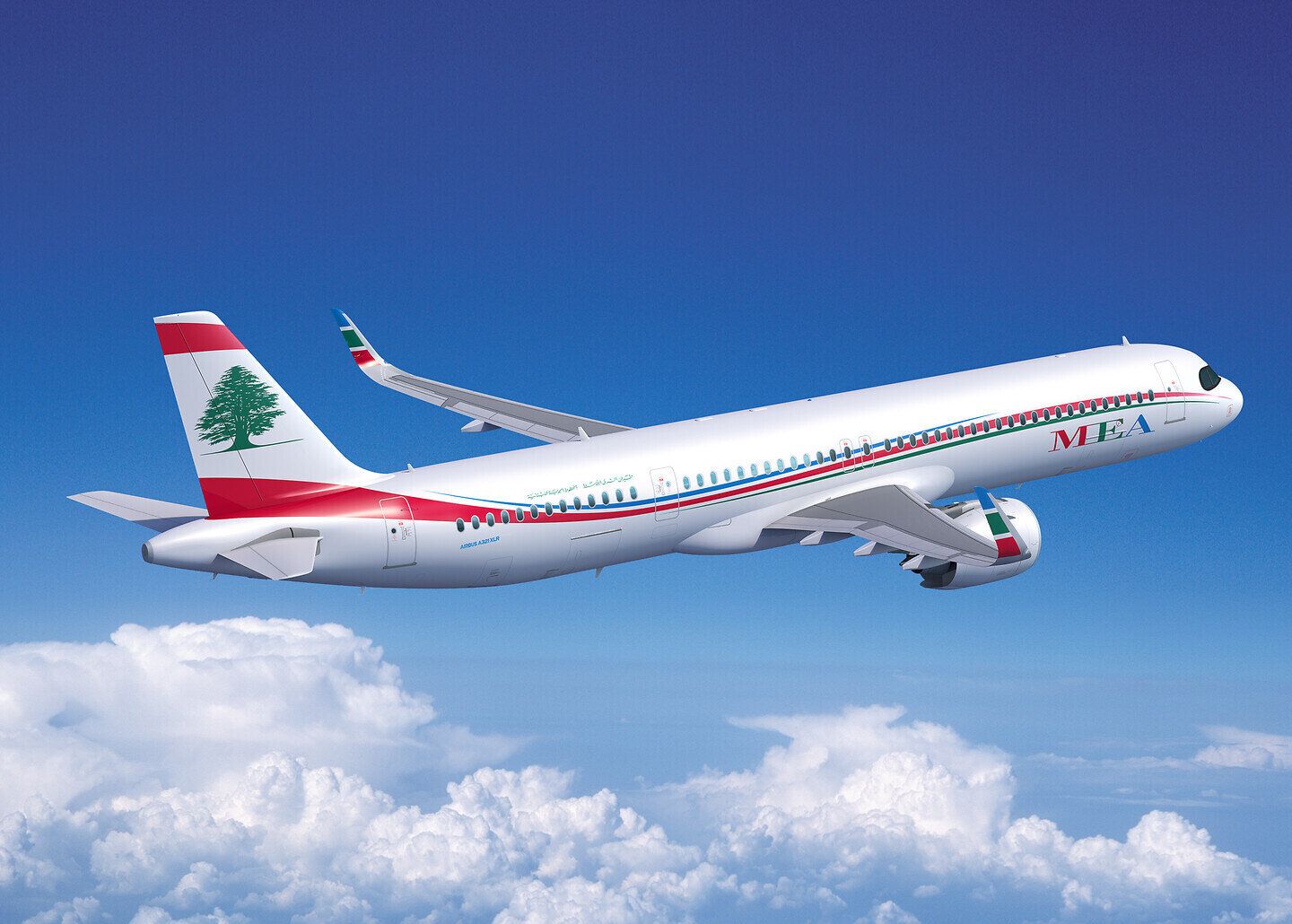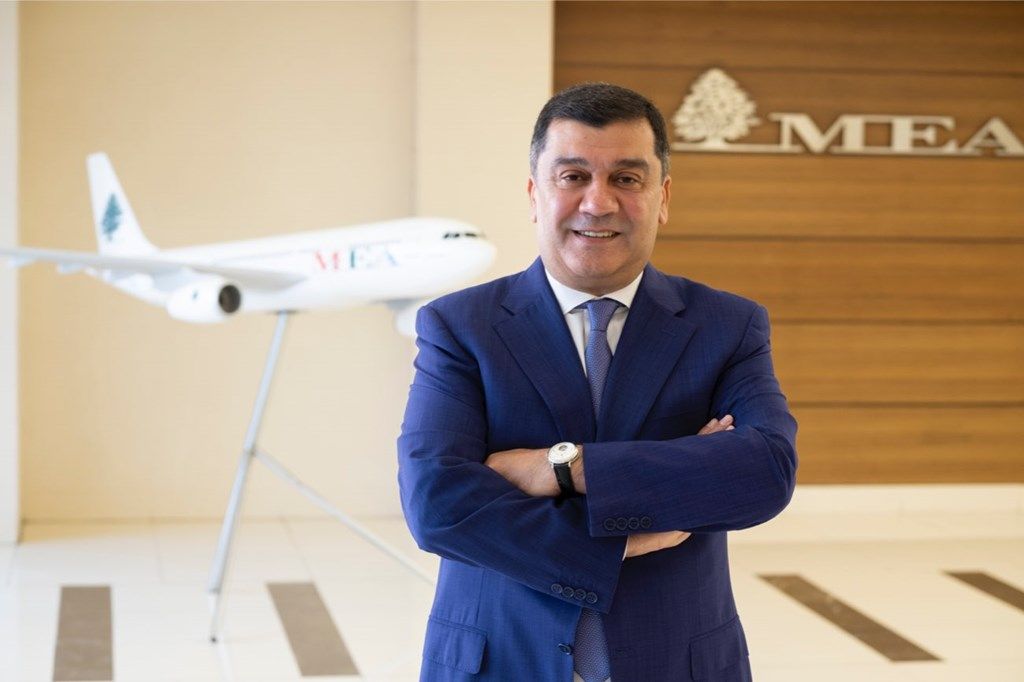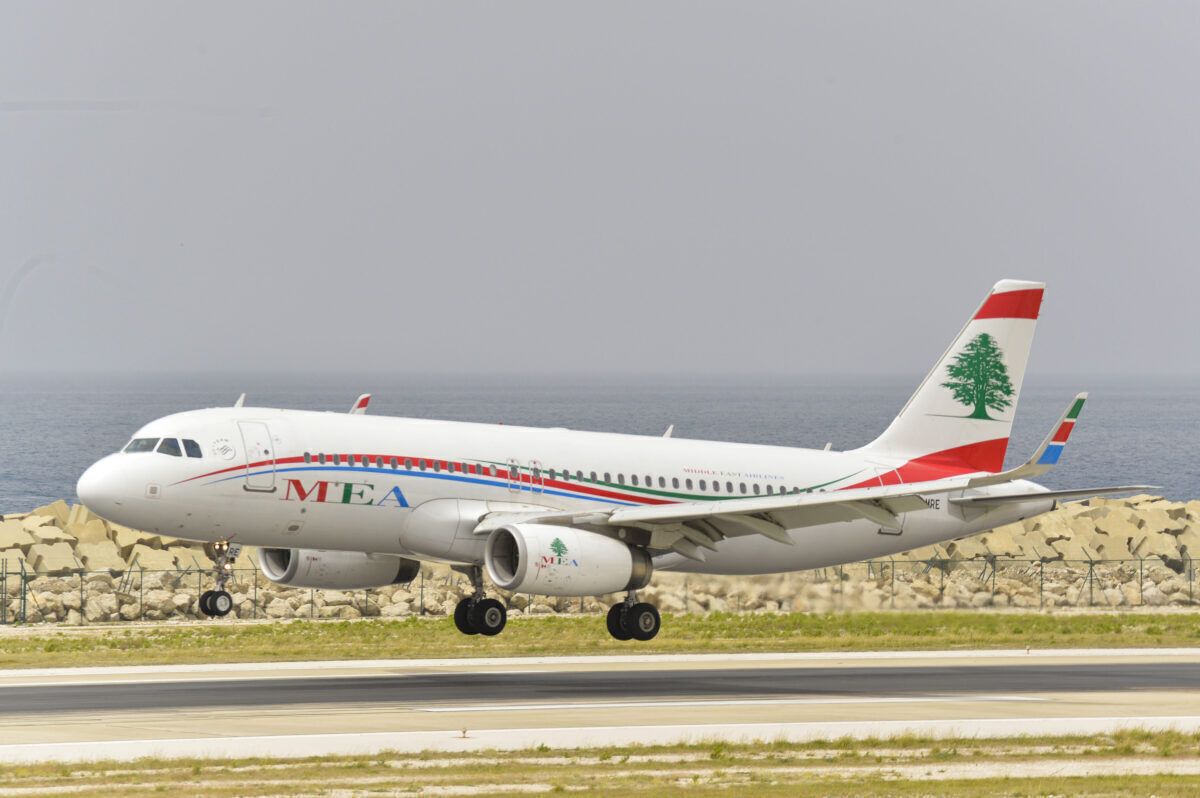Lebanese national flag carrier Middle East Airlines (MEA) plans to use Airbus its A321XLRs on existing routes to increase frequencies, but more excitingly MEA plans to use long-range A321XLRs on new routes between Lebanon and Africa. In this article we explore these new route possibilities the new aircraft type could bring.
The Airbus A321XLR will, when delivered in 2024, offer Middle East Airlines an aircraft with an unprecedented extra-long range of up to 4,700 nautical miles. Compared to the Airbus A321LR, the new plane provides a 15% increase in range and a 30% less per seat fuel burn compared to previous generation aircraft from other manufacturers.
MEA is looking for new markets in Africa
Under a sales/lease-back agreement with BOC Aviation, MEA will take its first three A321-200NX(XLR)s in 2024 and the fourth unit in 2025. While committed to being a point-to-point carrier MEA says it could pick up passengers from Africa wanting to connect to other flights at Beirut–Rafic Hariri International Airport (BEY). A point-to-point system in aviation is when an airliner is solely focused on the origin and destination.
When speaking about MEA's plan to use its long-range single-aisle planes on flights between Beirut and destinations in Africa, the director-general of Middle East Airlines, Mohamed Al Hout, told aviation journalist Kurt Hofmann the following for a ch-aviation article:
"We have many thin routes which are commercially not viable to operate with widebody aircraft, especially to Africa. We are talking about new destinations like Kinshasa N'Djili, Monrovia Roberts, Brazzaville, Freetown, Conakry Luanda, and Libreville. So we are looking for new markets as well as increasing frequencies on existing routes to Lagos, Abidjan, and Accra to daily services," Al Hout said.
Al Hout went on to say that the airlines planned expansion into Africa could potentially boost Beirut–Rafic Hariri International Airport (BEY) as a hub. Currently, about 5% of Middle East Airline passengers connect through Beirut, but this could change with new feeder flights from Africa. Notwithstanding the possibility, Al Hout says MEA is committed to being a point-to-point carrier.
He also said that, unlike the airline's former transatlantic flights that connected Lebanon with North America, MEA had no intention of bringing them back. Instead, MEA will rely on codeshare agreements with fellow Skyteam partners and other codeshare partners outside the alliance.
Africa has a sizeable Lebanese community
Middle East Airlines' plan to expand into Africa makes perfect sense if you understand the history of Lebanon. Ever since the 19th century, the Lebanese have been fleeing their homeland to escape war and hunger. Today Lebanon has one of the largest diaspora communities globally, with more than 12 million Lebanese living abroad. This is an astonishing number when you realize that this is four times the number of people who live in Lebanon. Out of the 12 million Lebanese who live overseas, hundreds of thousands have moved to Africa.
Many Lebanese are looking to leave
Following political protests at home and the collapse of the Lebanese pound, many Lebanese are packing up and moving abroad. Because of a lack of job opportunities at home and an uncertain future, many Lebanese are busy trying to track down relatives in Africa that can help them get the necessary paperwork and visas that they need.
MEA is well aware of what is happening and sees its expansion into Africa as a logical step given the number of Lebanese who already live in Africa and the new arrivals.
What do you think about MEA's plan to fly Airbus A321XLR between Beirut and Africa? Please tell us your thoughts in the comments.



